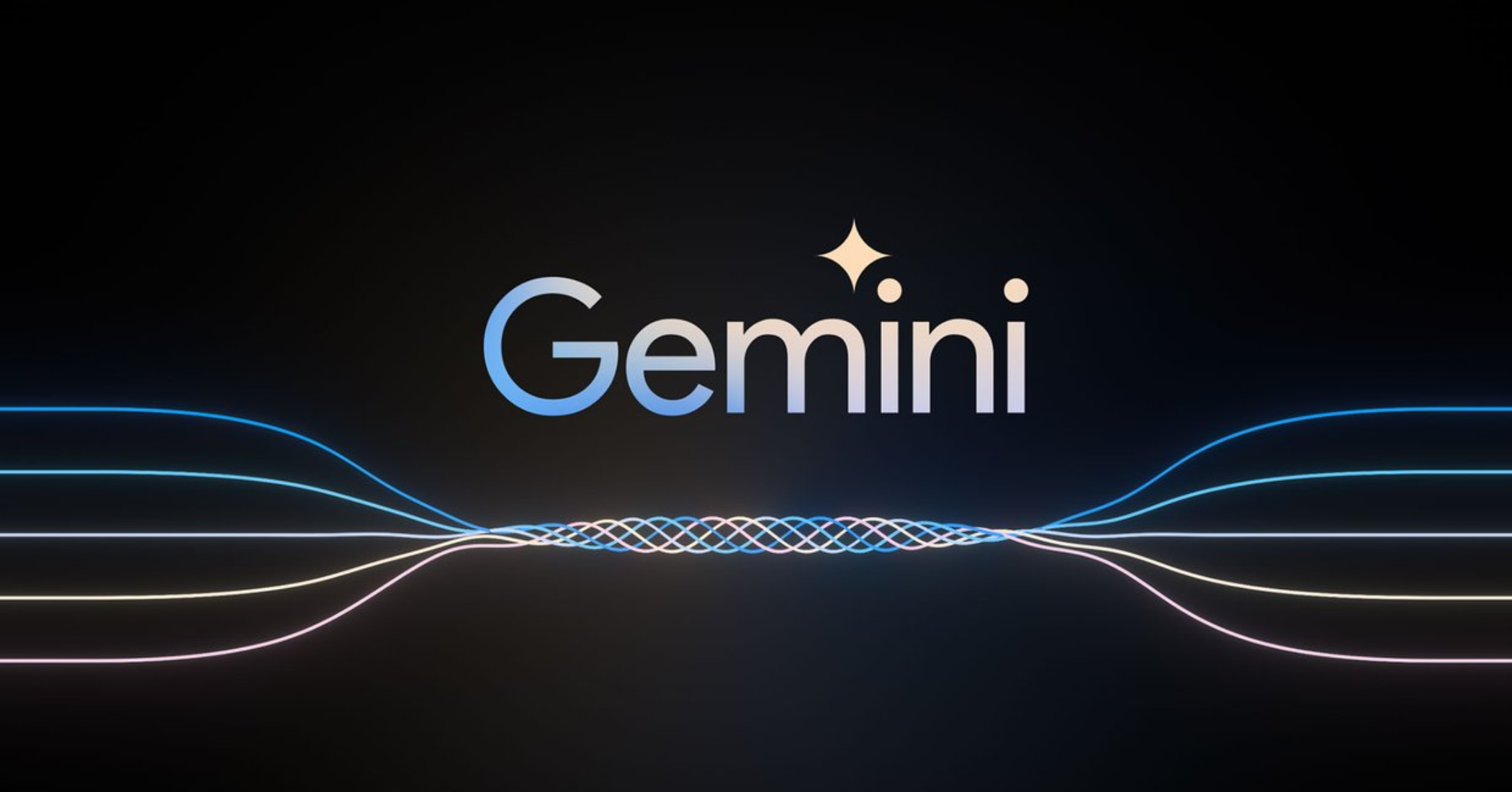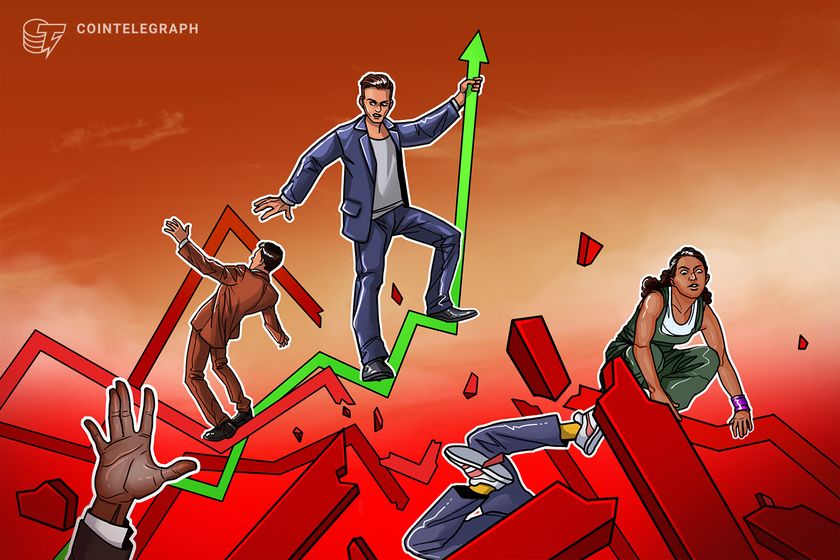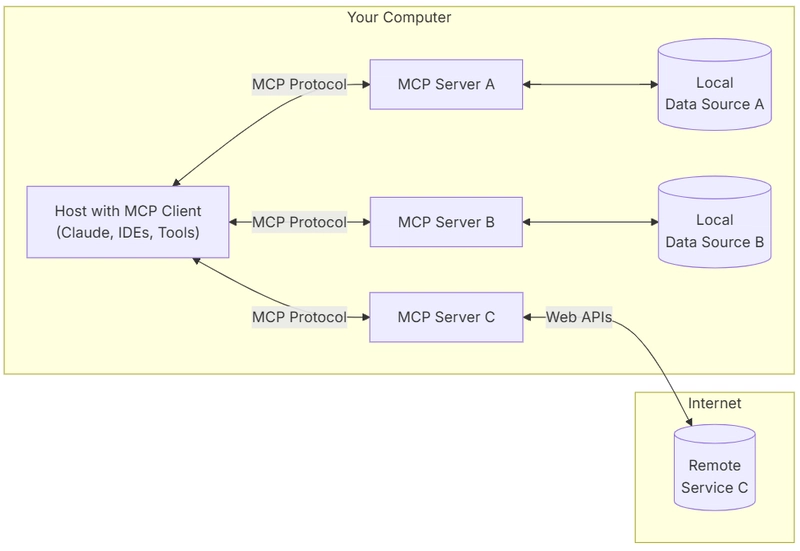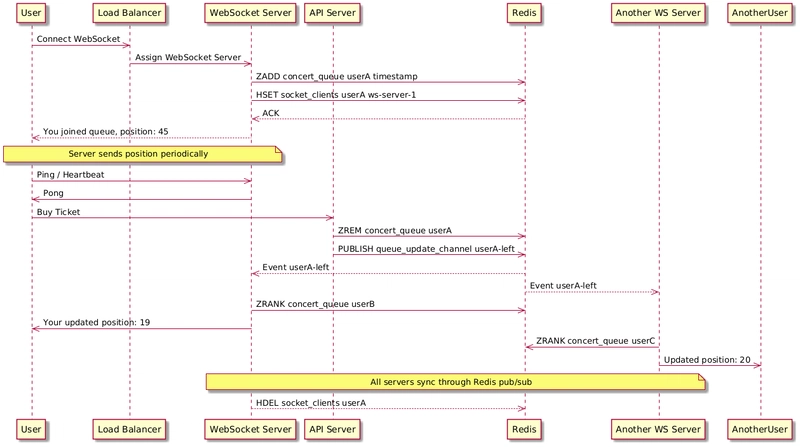Edge Computing vs Cloud Computing: What’s the Difference?
The demand for faster data processing and real-time decision-making has given rise to two powerful computing paradigms: Edge Computing and Cloud Computing. While both are essential in managing and analyzing large amounts of data, they operate in fundamentally different ways and serve unique purposes. At Solamalai College of Engineering, understanding these technologies is part of our commitment to preparing students for the future of computing. What is Cloud Computing? Cloud Computing is the delivery of computing services like storage, servers, databases, and software over the internet. Major providers like AWS, Microsoft Azure, and Google Cloud host these services in massive data centers. Cloud computing is known for its scalability, cost-efficiency, and ability to store and analyze vast amounts of data. Benefits of Cloud Computing: Centralized data storage High scalability Easy remote access Cost-effective pay-as-you-go models However, cloud computing can face latency issues, especially for applications that require real-time processing, such as autonomous vehicles or remote surgery. What is Edge Computing? Edge Computing, on the other hand, brings computation and data storage closer to the devices where it’s being gathered, rather than relying on a centralized location. The "edge" refers to devices like IoT sensors, smartphones, or routers. This setup allows faster data processing and reduced latency. Benefits of Edge Computing: Real-time data processing Reduced bandwidth usage Improved reliability for time-sensitive applications Better privacy and data control Why This Matters for CSE Students at Solamalai As industries move toward smart technologies, understanding both edge and cloud computing is vital for future engineers. At Solamalai College of Engineering, our Computer Science curriculum integrates real-world applications of these technologies, ensuring students are equipped with both theoretical knowledge and hands-on experience. From smart cities to industrial automation, the blend of cloud and edge computing is revolutionizing how we think about data. By learning these concepts, Solamalai students gain a competitive edge in careers like IoT development, cloud architecture, cybersecurity, and data science.

The demand for faster data processing and real-time decision-making has given rise to two powerful computing paradigms: Edge Computing and Cloud Computing. While both are essential in managing and analyzing large amounts of data, they operate in fundamentally different ways and serve unique purposes. At Solamalai College of Engineering, understanding these technologies is part of our commitment to preparing students for the future of computing.
What is Cloud Computing?
Cloud Computing is the delivery of computing services like storage, servers, databases, and software over the internet. Major providers like AWS, Microsoft Azure, and Google Cloud host these services in massive data centers. Cloud computing is known for its scalability, cost-efficiency, and ability to store and analyze vast amounts of data.
Benefits of Cloud Computing:
Centralized data storage
High scalability
Easy remote access
Cost-effective pay-as-you-go models
However, cloud computing can face latency issues, especially for applications that require real-time processing, such as autonomous vehicles or remote surgery.
What is Edge Computing?
Edge Computing, on the other hand, brings computation and data storage closer to the devices where it’s being gathered, rather than relying on a centralized location. The "edge" refers to devices like IoT sensors, smartphones, or routers. This setup allows faster data processing and reduced latency.
Benefits of Edge Computing:
Real-time data processing
Reduced bandwidth usage
Improved reliability for time-sensitive applications
Better privacy and data control
Why This Matters for CSE Students at Solamalai
As industries move toward smart technologies, understanding both edge and cloud computing is vital for future engineers. At Solamalai College of Engineering, our Computer Science curriculum integrates real-world applications of these technologies, ensuring students are equipped with both theoretical knowledge and hands-on experience.
From smart cities to industrial automation, the blend of cloud and edge computing is revolutionizing how we think about data. By learning these concepts, Solamalai students gain a competitive edge in careers like IoT development, cloud architecture, cybersecurity, and data science.










































































































































































![[The AI Show Episode 144]: ChatGPT’s New Memory, Shopify CEO’s Leaked “AI First” Memo, Google Cloud Next Releases, o3 and o4-mini Coming Soon & Llama 4’s Rocky Launch](https://www.marketingaiinstitute.com/hubfs/ep%20144%20cover.png)







































































































































































































![Blue Archive tier list [April 2025]](https://media.pocketgamer.com/artwork/na-33404-1636469504/blue-archive-screenshot-2.jpg?#)

































.png?#)








-Baldur’s-Gate-3-The-Final-Patch---An-Animated-Short-00-03-43.png?width=1920&height=1920&fit=bounds&quality=70&format=jpg&auto=webp#)





























.webp?#)






















































































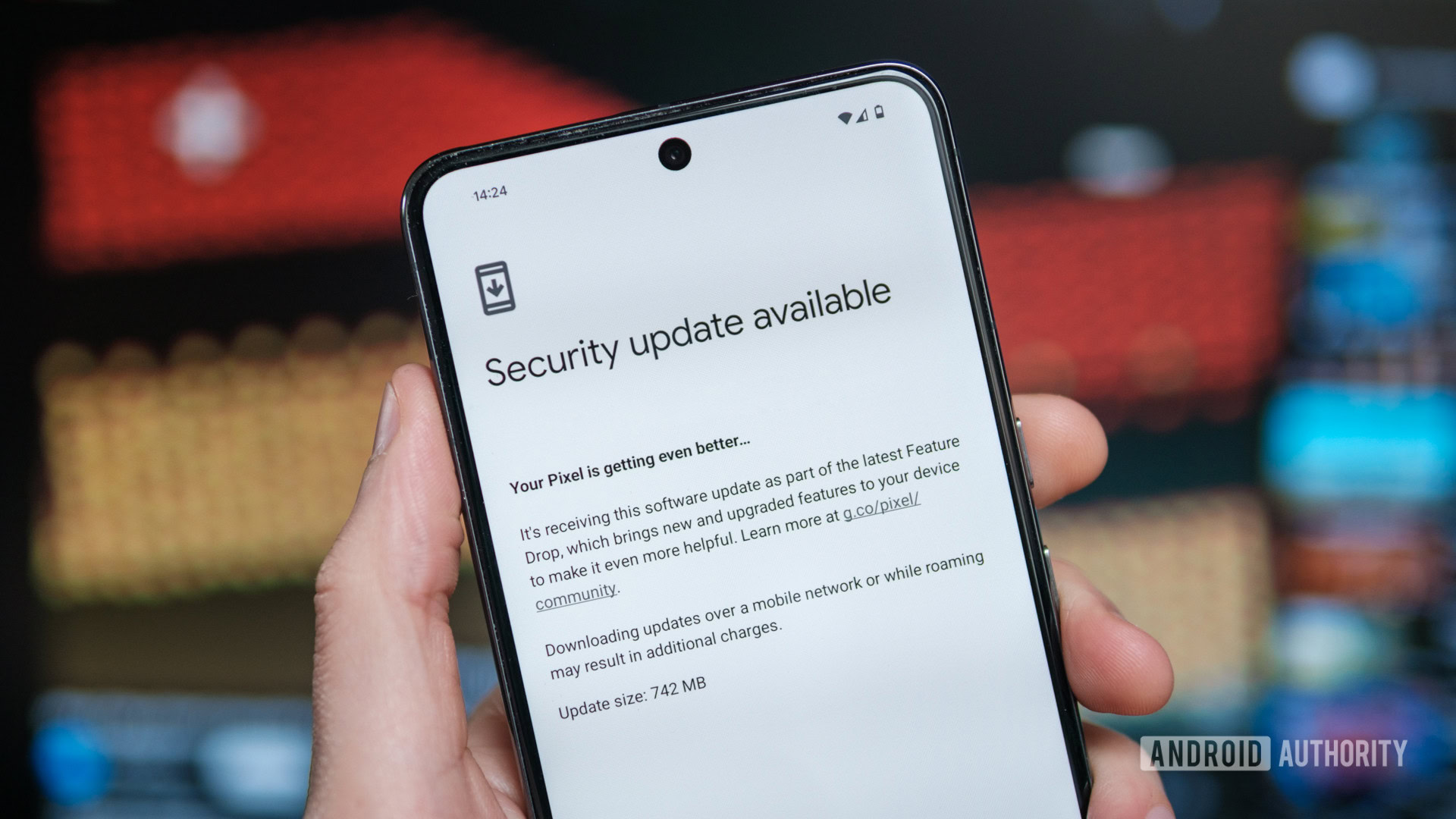



















![Apple to Split Enterprise and Western Europe Roles as VP Exits [Report]](https://www.iclarified.com/images/news/97032/97032/97032-640.jpg)
![Nanoleaf Announces New Pegboard Desk Dock With Dual-Sided Lighting [Video]](https://www.iclarified.com/images/news/97030/97030/97030-640.jpg)

![Apple's Foldable iPhone May Cost Between $2100 and $2300 [Rumor]](https://www.iclarified.com/images/news/97028/97028/97028-640.jpg)







































































